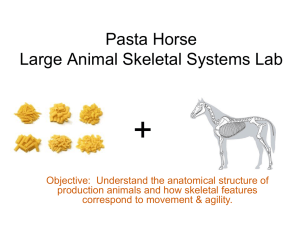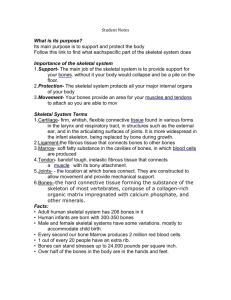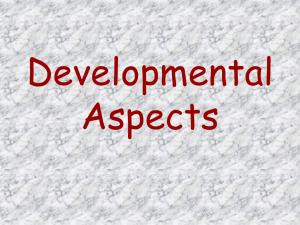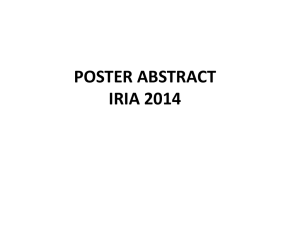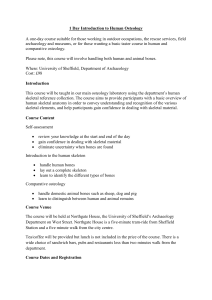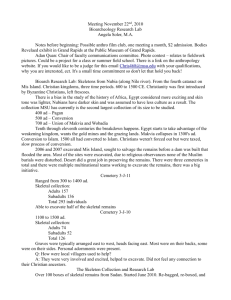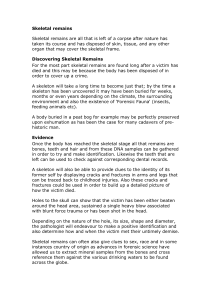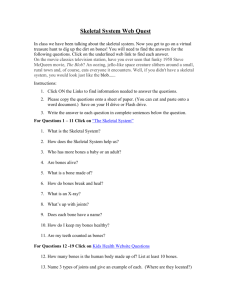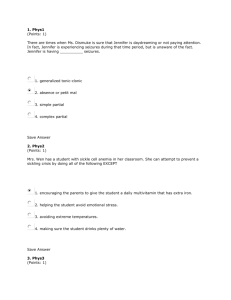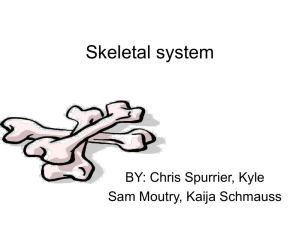Developmental Aspects of the Skeletal System
advertisement
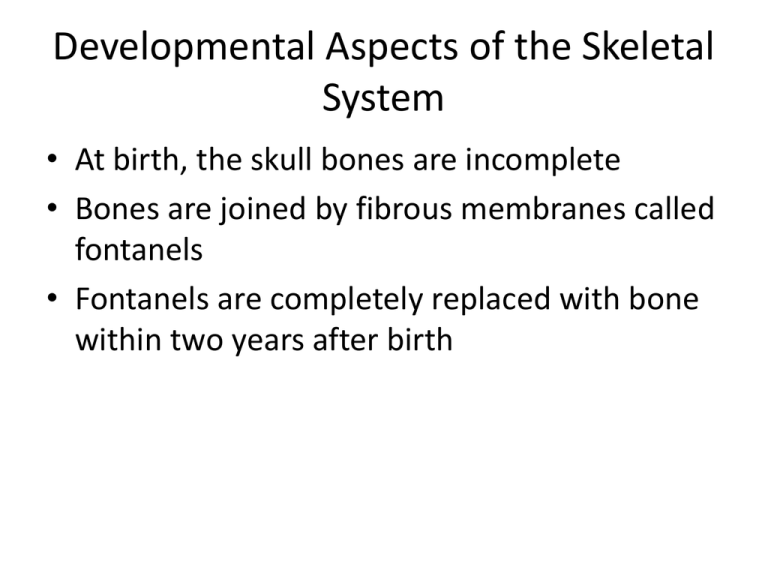
Developmental Aspects of the Skeletal System • At birth, the skull bones are incomplete • Bones are joined by fibrous membranes called fontanels • Fontanels are completely replaced with bone within two years after birth Ossification Centers in a 12-week-old Fetus Figure 5.32 Skeletal Changes Throughout Life • Fetus – Long bones are formed of hyaline cartilage – Flat bones begin as fibrous membranes – Flat and long bone models are converted to bone • Birth – Fontanels remain until around age 2 Skeletal Changes Throughout Life • Adolescence – Epiphyseal plates become ossified and long bone growth ends • Size of cranium in relationship to body – 2 years old—skull is larger in proportion to the body compared to that of an adult – 8 or 9 years old—skull is near adult size and proportion – Between ages 6 and 11, the face grows out from the skull Skeletal Changes Throughout Life Figure 5.33a Skeletal Changes Throughout Life Figure 5.33b Skeletal Changes Throughout Life • Curvatures of the spine – Primary curvatures are present at birth and are convex posteriorly – Secondary curvatures are associated with a child’s later development and are convex anteriorly – Abnormal spinal curvatures (scoliosis and lordosis) are often congenital Skeletal Changes Throughout Life Figure 5.16 Skeletal Changes Throughout Life • Osteoporosis – Bone-thinning disease afflicting • 50% of women over age 65 • 20% of men over age 70 – Disease makes bones fragile and bones can easily fracture – Vertebral collapse results in kyphosis (also known as dowager’s hump) – Estrogen aids in health and normal density of a female skeleton Skeletal Changes Throughout Life Figure 5.34 Skeletal Changes Throughout Life Figure 5.35

